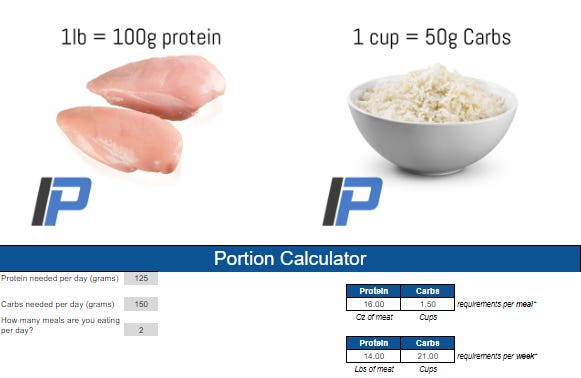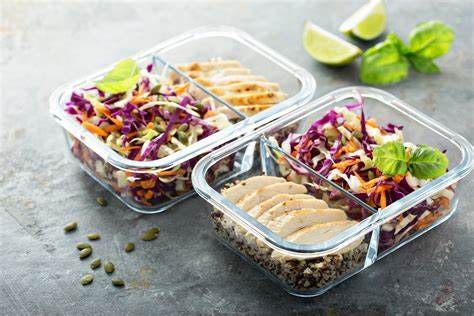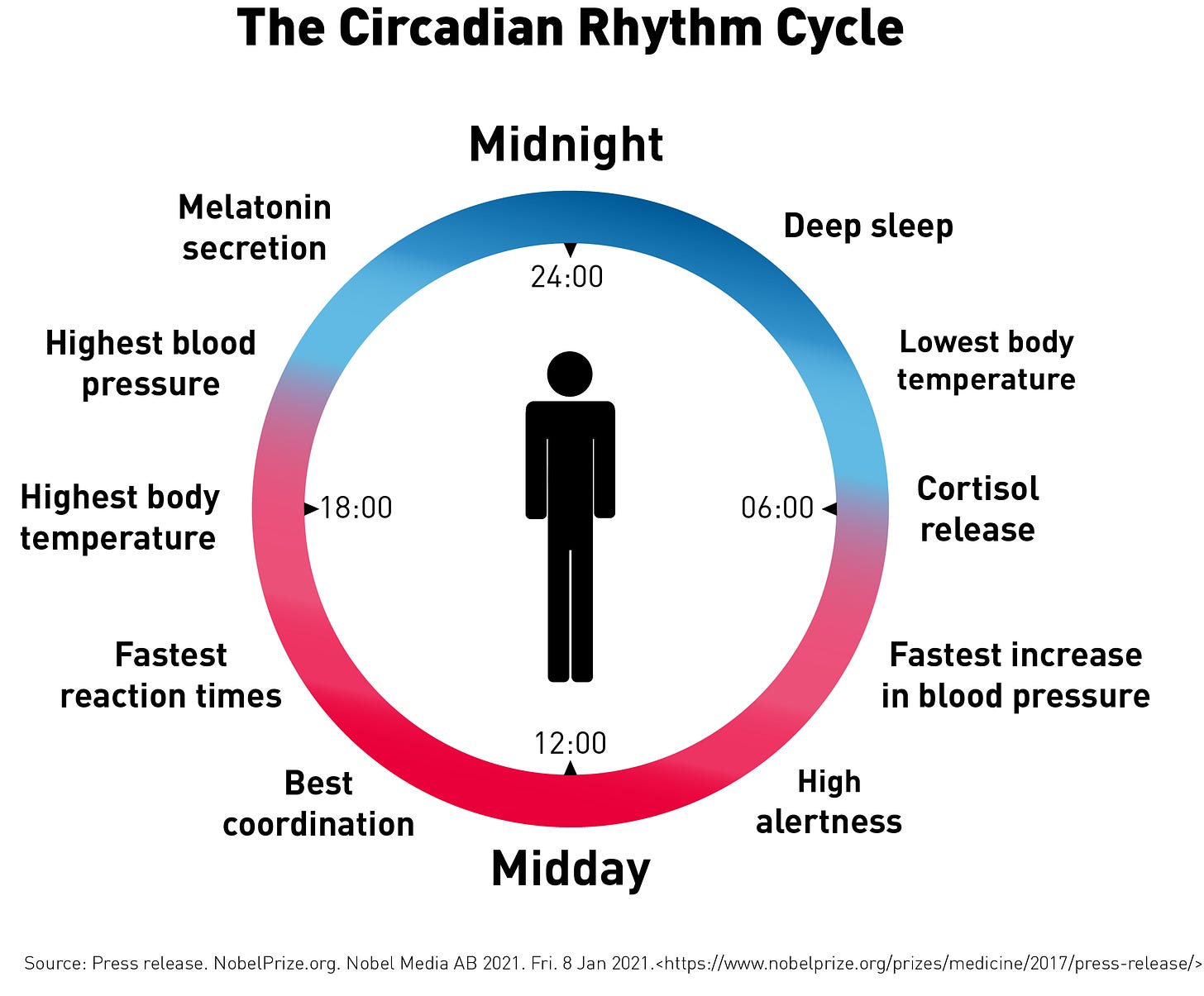We have access to more information, experts, and research than ever before and yet people are still struggling with their nutrition. Logistics and practical tactics are the difference between sticking to a nutrition plan and constantly falling off track. It sounds crazy but most diets fail not because somebody is dumb or doesn’t understand nutritional biochemistry (because they don’t need to) but because they don’t plan.
Contingencies should also be in place to account for the unexpected. Never be left at the mercy of circumstance. The tips below will help reduce time in the kitchen and at the drawing board, so you don’t get derailed by the unexpected.
1.) Plan Groceries
In my unpopular opinion, you should eat about the same things each week. The grocery store route you take should be nearly identical every single time. If you swap a protein, like chicken for beef, it’s still usually in the same aisle. You should know exactly how many pounds of meat, cups of carbs, and portions of vegetables are necessary to feed you for the entire week. You shouldn’t ever have too much or too little food because you know what you always eat.
The images below are a rough approximation of just how much you’ll need. They’re not exact, but a pound of lean protein is going to equate to roughly 100g of protein and 1 cup of any starch will equate to 50g of carbs. If you don’t know what to set your macros to, checkout my nutrition manual.
Instead of winging your grocery shopping each week, use the image above to accurately plan what you need. You can click here > carb and protein portion calculator to find a link to the nutrition calculator I use to determine clients weekly requirement of carbs and protein. Don’t be at the mercy of circumstance, prepare vigilantly.
2.) Buy Pre-portioned Tupperware
Spend an extra $20 to $40 and buy Tupperware that will last you forever. You can even buy the Tupperware with dividers to accurately portion each meal without ever weighing your food. Properly portioned food is an underrated weapon for hunger control and craving mitigation. The stomach will shrink as a response to eating less food. This in turn will cause you to get full quicker and curb future cravings. To do so, eating a similar volume of food every time is essentially. Nothing will get the job done like some divided Tupperware.
3.) Eat At The Same Time Range Every Day
For some reason this one really isn’t talked about very much and I’m not sure why. The body runs on a circadian rhythm for nearly every physiological process. This includes feelings of hunger. You can train your brain to cue hunger at certain times of day just by eating at or near those times daily.
I often see a wide variability of meal timing in many of my novice clients. Unsurprisingly, they’re usually also carrying the most fat around the waist. Setting habits like an eating schedule can have outsized returns on your results simply by habituating you both mentally and physically to consuming foods in similar volumes throughout the week.
4.) Schedule Meal Prep into Your Calendar
You should never be surprised that food ran out because the days you prep it should be scheduled into your calendar. I recommend cooking once or twice a week although you could cook daily. I just see very few people have success with their body composition goals when they’re compelling themselves to cook more than 2x per week. I personally like to prepare meals for 3-4 days at a time on Monday and Thursday mornings.
There shouldn’t ever really be a day where you “need” to eat out. Food should always be prepared.
5.) Plan Backup Meals
In the rare circumstances where food cannot be prepared backup meals are essential. Your food could be spoiled, you may run out of time to cook due to an errand, or whatever other excuse comes to mind. Backup meals are quick and ready to eat options that can replace a meal. I highly recommend keeping your protein intake the same with backup meals. I personally like the healthy choice meals from target or pick n save. I will eat two of them as a replacement for one meal. I’m also a weirdo so I’ll sometimes just slam a whole tub of low fat cottage cheese as a backup meal.
Whatever your backup meals are, make sure they can be held in the fridge, pantry, or freezer for more than a week. Additionally, they should be microwaveable or require zero preparation. These should be used once a week at most, they just need to get the job done in the event you are not able to cook.
Hope you found these tips helpful, if you have any more to add, or have any questions, feel free to drop them in the comments below.







